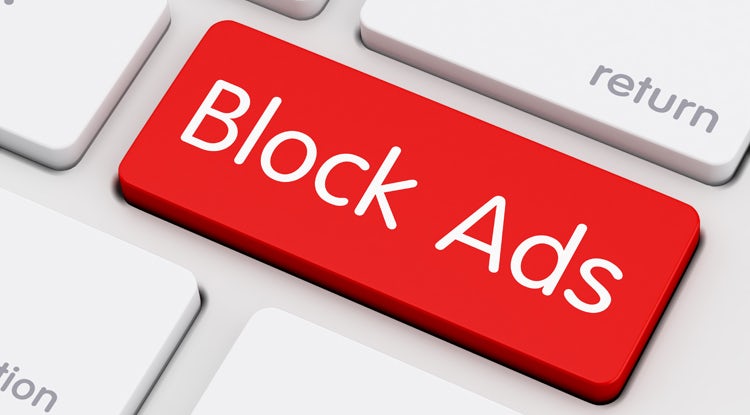Financial Planning for Prospective Retirees – A Brief Guide
Worryingly, a rising number of Brits are failing to prioritise saving for their retirement in the current economic climate. In fact, just 29% consider saving for their pension as a major priority at present, and 26% continue to stash cash away in preparation for their summer holidays instead.
Given the growing pension deficit being experienced by UK firms and the impact that high inflation is continuing to have on the cost of living, it’s arguably never been more important that people plan their finances in time for retirement.
In this post, we’ll offer a brief guide to financial planning for prospective retirees, while asking how expert advice can help to inform your decisions.
- Decide What you Want out of Retirement
In many ways, retirement is a stage of your life like any other. As such, it requires careful planning and management, in the same way that you would plot your career growth or personal development.
With this in mind, the first step when planning your retirement should be to determine precisely what you want to gain from it. Whether you want to travel, spend time with your grandchildren or even continue working in a freelance capacity, you’ll need to prioritise these objectives while considering their financial implications.
This not only creates a broad outline for your retirement, but it also helps to start the process of planning your finances and building a fund that can help you have the retirement you want.
- Perform an Audit of your Assets
The next step is to perform a full audit of your assets so that you can begin to determine their value and the contribution that they’ll make to your pension fund.
This should include everything from cash savings to real estate holdings and investment portfolios, along with any existing workplace and private pension schemes.
We’d recommend that you deal in pence rather than pounds when auditing your assets, as this will give you a clear insight into your existing wealth and how far it’s likely to stretch into your retirement.
- Employ the Services of a Financial Planning Firm
At this stage, you should have an outline for your retirement and an understanding of the assets that will help to support your state pension in retirement.
However, optimising these funds can be challenging, particularly without experience or knowledge of the financial markets. This is where service providers such as Tilney can help, as they can assist with everything from wealth management and estate planning on behalf of their clients, helping them to make the most of their capital, benefit from greater tax efficiencies and ensure that their assets are distributed fairly in the event of their death.
Sure, this requires an initial financial investment, but it can deliver significant savings and greater returns over time.




